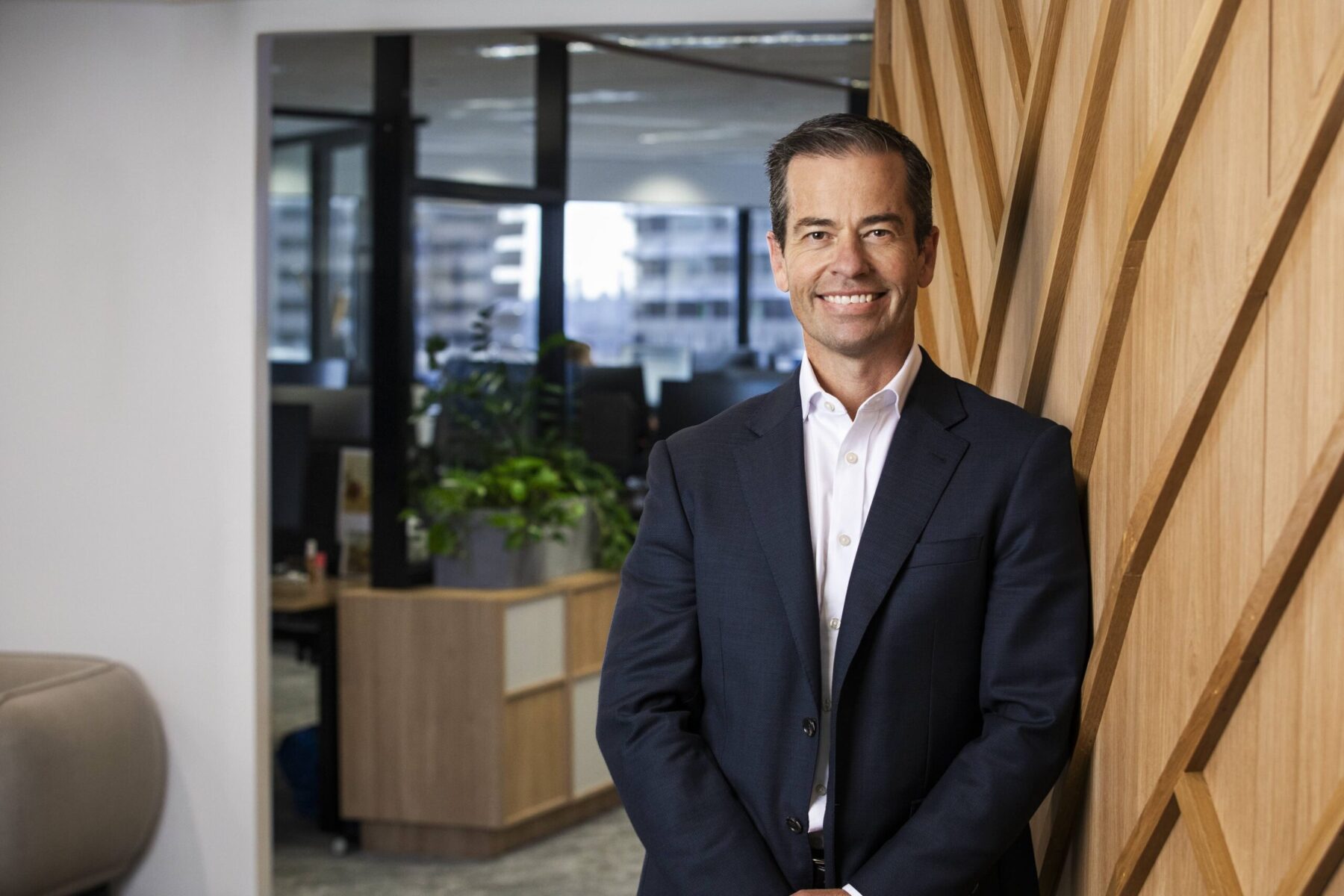Over the years, I’ve seen many developers present a single development case with little regard for alternatives outcomes. If you want to ensure your investment outcome is achievable you need to understand what can bring about alternative outcomes and how to pursue them or mitigate against them. We’ve developed a systematic 5 step approach to feasibility analysis which moves us beyond the standard feasibility. It starts by understanding the market, clarifying the drivers behind the investment, building the right feasibility, assessing the potential outcomes and repeating the process. Step 1: Understanding the Market Whether we are preparing to launch a new food store or invest in a property asset or produce a new IT application, all investment decisions must begin with an understanding of the market, how big, how competitive, what stage of the cycle it is in, what are the barriers to entry, what are micro and macro influences on future success etc. Without a broad awareness of the market and its potential influence on the product it is impossible to build a reliable feasibility or investment proposition. Step 2: Clarifying the Drivers Clarifying the key drivers for an investment is about understanding the motivations of all the stakeholders who have a direct input into the investment. We start by listing the stakeholders, splitting them into 2 groups – buyers (people who will pay for your product both now or when I choose to sell my investment) and suppliers (people who I rely on to produce my product). In terms of a Commercial Property Investment, your product is space and your buyers initially are tenants and ultimately a purchaser when you sell the investment. In the case of suppliers, your stakeholders include your service provides (agents, cleaners, security, utilities etc) as well as your capital providers include banks and investors. Each of these groups have different drivers and will respond differently in the context of the market. It is important to know what causes each group to accept a certain price and performance from the product and how much this could change in different circumstances. Step 3: Building the Right Feasibility There is no such thing as an accurate feasibility. Feasibilities are built off a set of assumptions about the future and as such will always be subject to movements in those assumptions. It is important however to build the feasibility the right way – and by that I mean that you need to ensure that you can easily change the key assumptions without rebuilding the feasibility each time from scratch. Setting up the key assumptions can only occur once you’ve clarified the drivers in Step 2. The more assumptions that can be used the more easily you will be able to fine tune the feasibility in later steps. Each assumption will have a variety of values. We usually start with a set of assumptions that can be verified by market evidence and then show the full range of positive and negative adjustments that could occur based on our understanding of the key drivers. This then forms the key assumptions matrix. Step 4: Assessing the Potential Outcomes Once the feasibility is built and the potential outcomes become clear, a Base Case should be adopted which are based on a set of assumptions that can be justified based on market evidence or from market trends. It is important to understand what assumptions are moving beyond the market evidence as these become become the key strategies for the investment. For example if the investment assumes a significant growth in revenue then the key strategies need to support how and why this can be achieved. Of course, not everything will go to plan and so we also need to consider the alternative outcomes which could eventuate if different assumptions fall true. So it is necessary to table a mix of results that could reasonably occur based on differing sets of assumptions. You may start with 20 or more different mix of outcomes to see just how good or how bad the results can be. The mix of outcomes will highlight which assumptions are most sensitive and which are least sensitive to your final result. Listing these in order of impact is also critical to understanding the key strategies for the investment. From the results, we would select a Low Case, and High Case which each respectively reflect results based on a poor set of assumptions and a better set of assumptions as compared to the Base Case assumptions & outcomes. Step 5: Repeating the Process After completing the above process, it may become evident that changes to the investment proposition are necessary to mitigate against the low case outcomes. In which repeating the feasibility process is necessary. At the end of the process, we are left with; A description of the market A list of stakeholders (buyers & suppliers) A full set of assumptions with a range of variables A list of Key Strategies (based on assumptions beyond the market) A Matrix of Key Assumptions ranked by impact A Low Case, Base Case and High Case set of assumptions With this level of information, an initial investment recommendation can be made. If you want to implement these steps in your investment process, we’d be more than happy to share our process in more detail.



